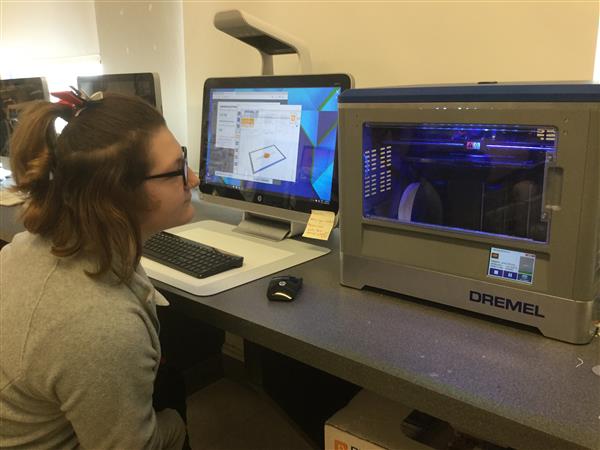Print With a Purpose PWAP

We at BPS use PLA filament for 3D Printing.
When printing, it is good practice to preserve filament by printing witha sound educational direction. 3D filaments are materials used for 3D printing. 3D filaments come in different types and your filament choice might depend on the object that you are trying to build. If you want to learn the different types of 3D printer filaments on the market, their purposes and edges against each other you are on the right page. Read further to learn more about 3D filaments. (via All That 3D https://www.allthat3d.com/3d-printer-filament/)
Polylactic acid or PLA is a popular filament that is often compared against ABS. PLA is biodegradable thermoplastic that is derived from renewable resources like cornstarch, sugar cane, tapioca roots and potato starch. This 3D printing filament is more environment friendly compared to other plastic materials. Due to this and its low-toxicity features, more and more prefer PLA over ABS and it is now the most popular 3D printing filament in the 3D printing community.
Unlike ABS, PLA filament doesn’t produce toxic stink during printing, so it is safer to use within the homes and classrooms. Moreover, the plastic doesn’t contract when cooling down, so there is no need for a heated bed for your 3D printer.
Print Temperature Range: 180°C – 230°C
Applications
PLA has the ability to degrade into inoffensive lactic acid in the body and due to this property, it is used in medical suturing and surgical implants. Surgically implanted screws, pins, rods or mesh naturally breaks down in the body within 6 months to 2 years.
Aside from this, PLA is considered safe. Thus, it is also used in food packaging, candy wrappers, disposable tableware, disposable garments, hygiene product and diapers to name a few.
Pros
Produces a sweet aroma that smells like waffles or candy when heated
Easiest material to work with, works well for beginners
Less prone to warping compared to ABS
Available in translucent and glow-in-the-dark colors
Cons
Prone to clogging or jamming the printer nozzle
Attracts water molecules, becoming brittle at times, difficult to print
Water saturated PLA needs a higher extrusion temperature
(via All That 3D https://www.allthat3d.com/3d-printer-filament/)
